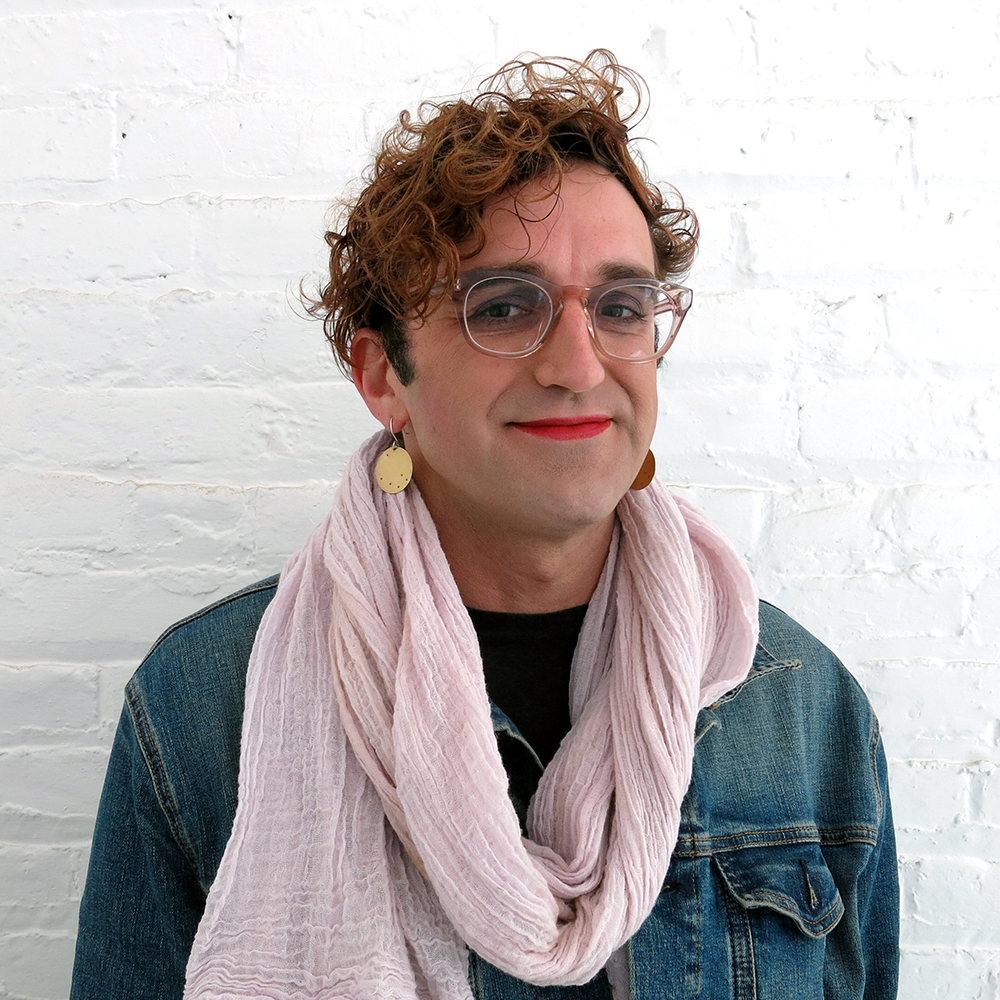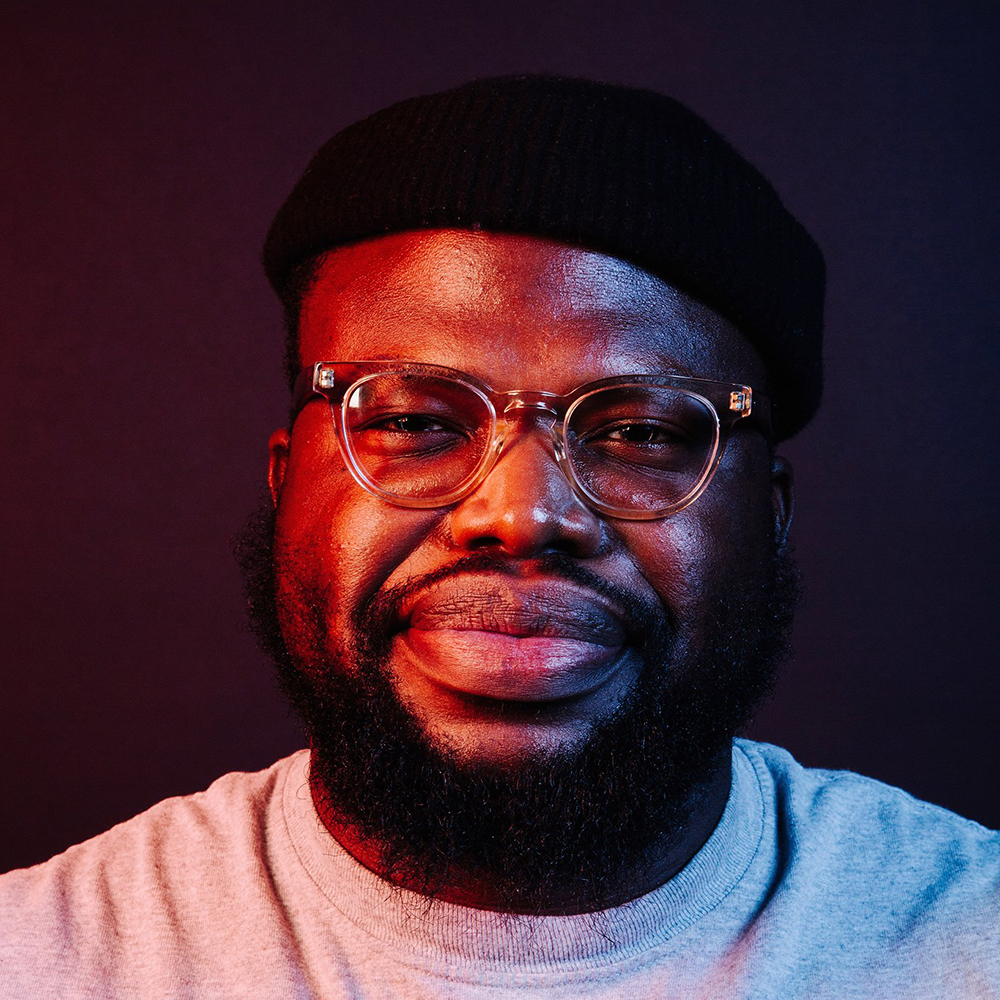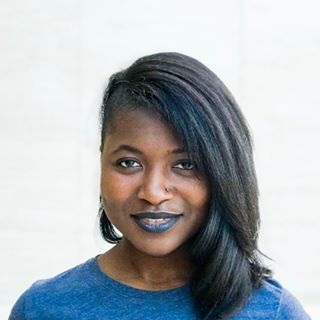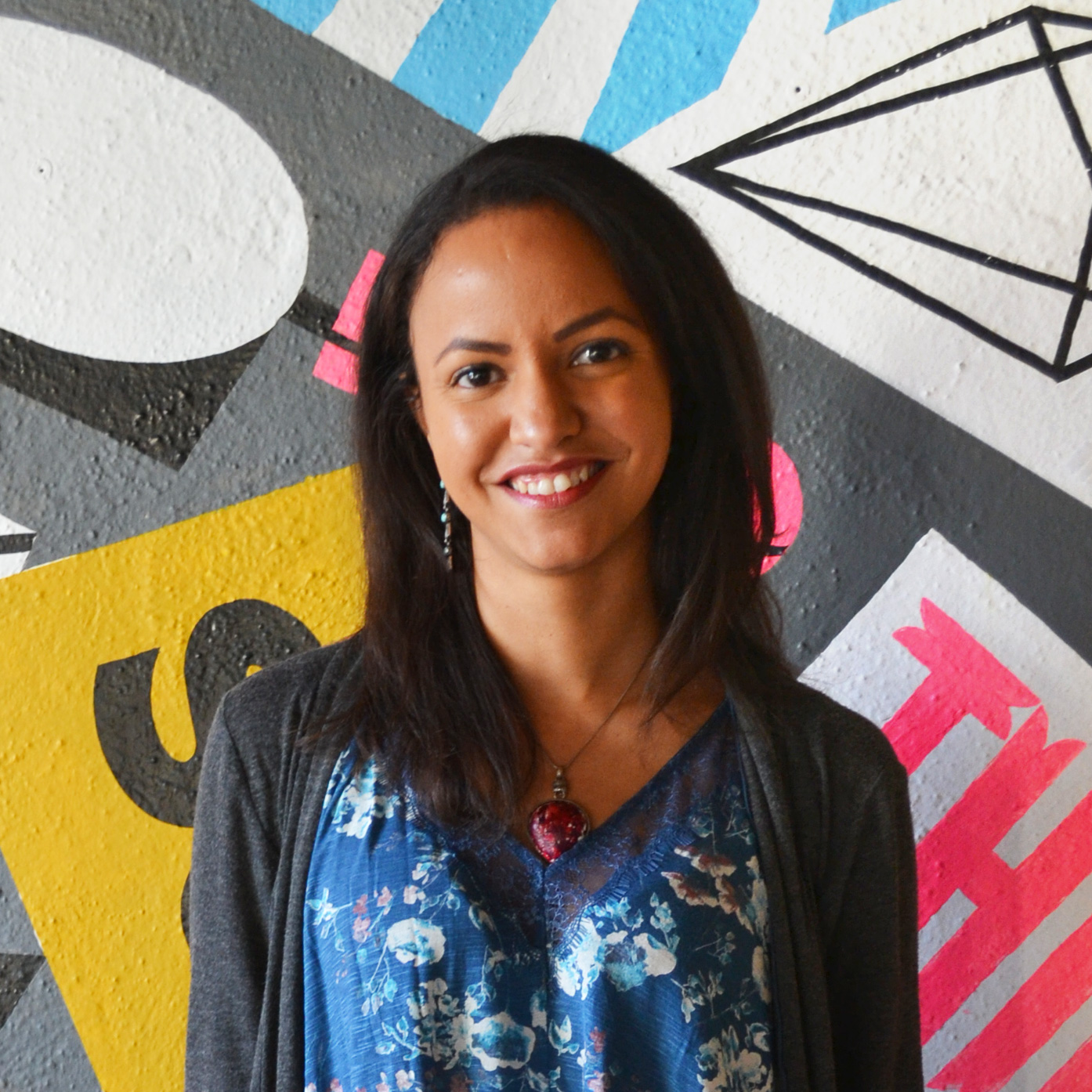

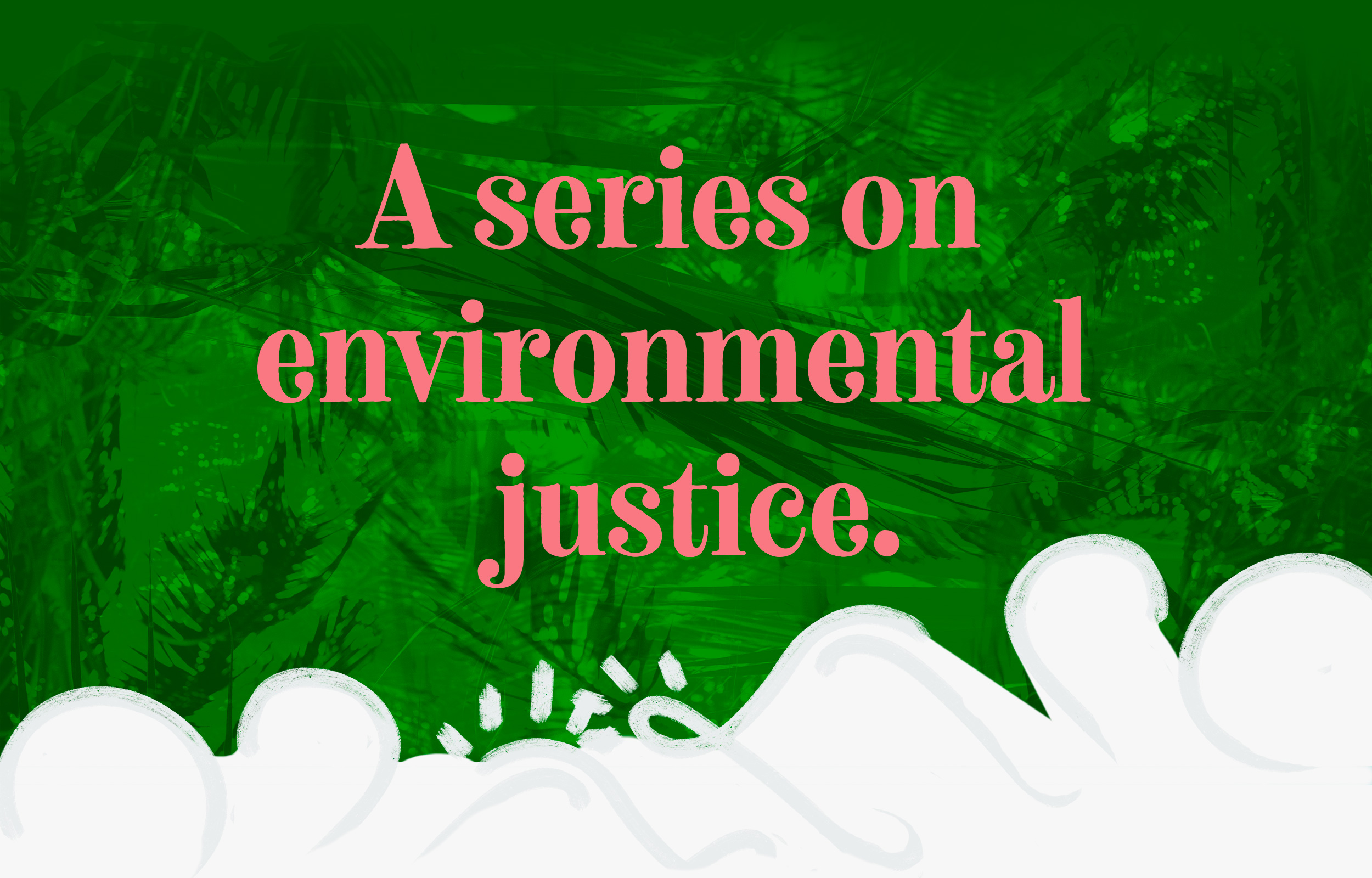
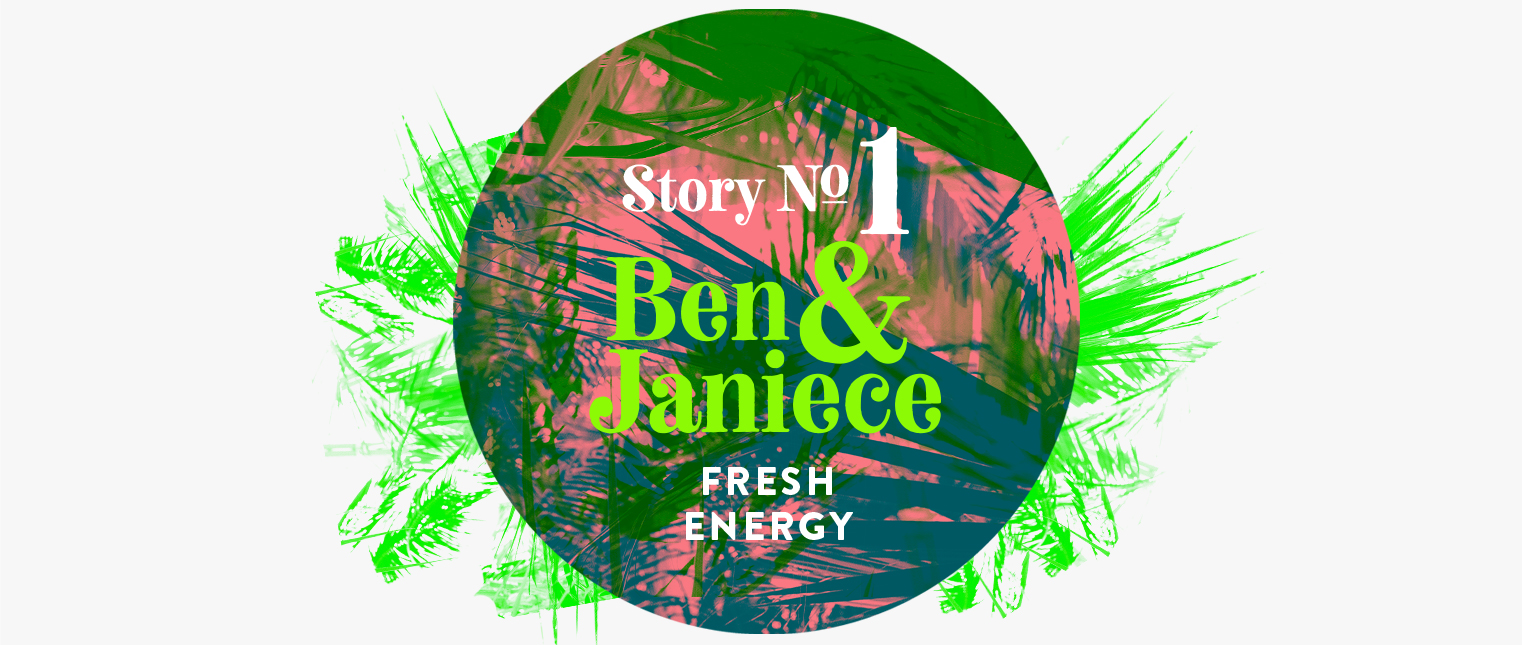
Ben Passer and Janiece Watts don’t sound like typical clean energy advocates.
When they talk about policy, they’re also talking about white supremacy. They don’t separate energy equity from affordable housing. And they argue that you cannot succeed in creating a clean energy future in Minnesota if you don’t ensure that everyone in the state has access to that future. These conversations — about justice, race, economics — are bound up in two questions Ben and Janiece are always asking: “Where does the environment show up in social justice? And where do people show up in the environment?”
Janiece and Ben comprise the Energy Access and Equity Program at St. Paul’s Fresh Energy, a nonprofit organization that works to advance clean energy policy. On a personal level, the two couldn’t be more different, but they’re working in harmony. And alongside a broad coalition of justice and energy organizations, they’re working to change the conversation around energy in Minnesota.
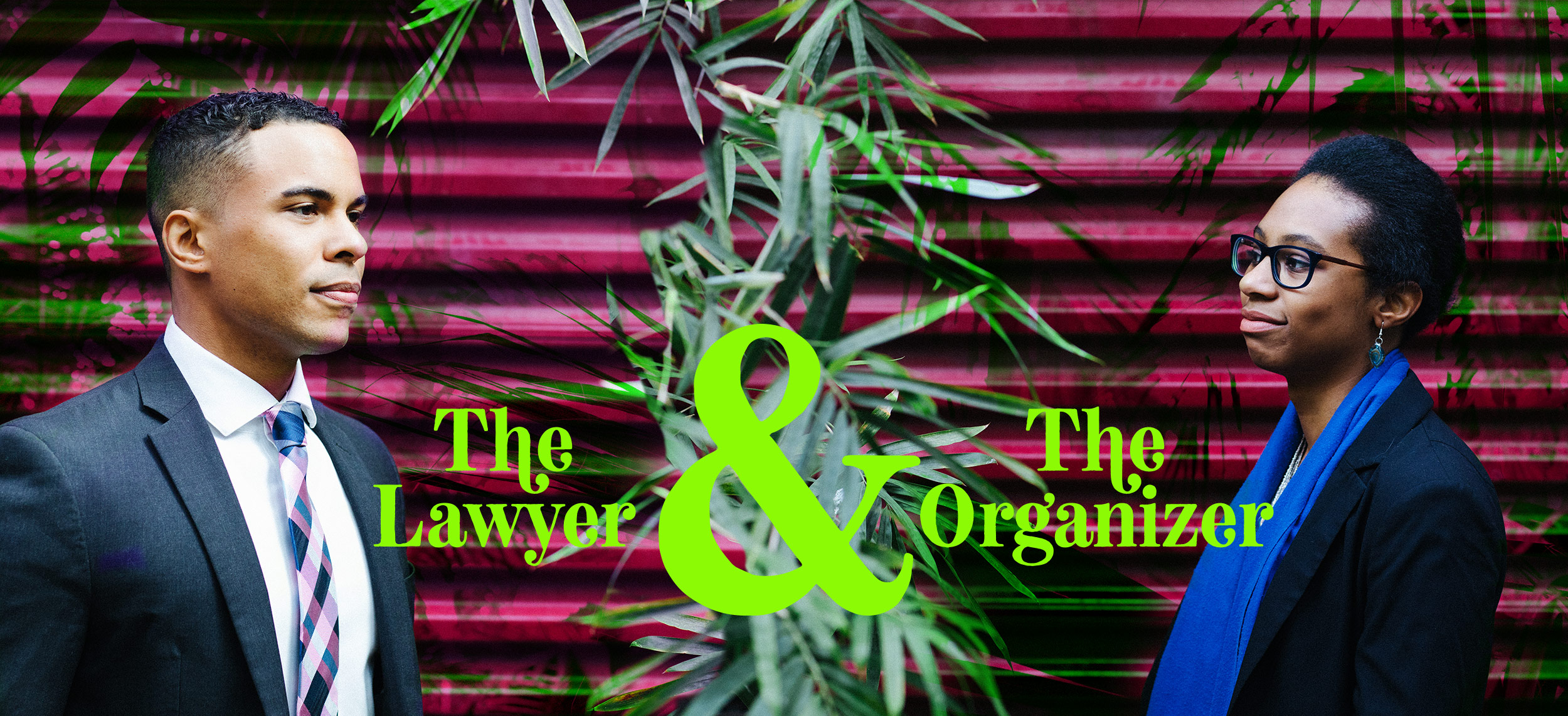

Ben Passer didn’t know what he wanted to do with his JD when he graduated from William Mitchell College of Law in 2015. He was always interested in issues of environment and energy, but they weren’t a passion. He described landing at Fresh Energy as a “happy coincidence” that resulted from a mentor’s recommendation.
Four years later, Ben’s journey brought him to the role of director of Fresh Energy’s Energy Access and Equity Program. Ben is a steady leader. He maintains a composed and even tone, accompanied by a single, repetitive hand-gesture (the softly closed fist with a thumb tipped to the future, a la Bill Clinton).
Ben says his personal journey was indicative of a larger journey underway at Fresh Energy, one toward diversity and inclusion.
These journeys, he says, are meant to ensure that equity — in local community organizing, at Fresh Energy, and across the state of Minnesota — is “as much a pillar as anything else.”
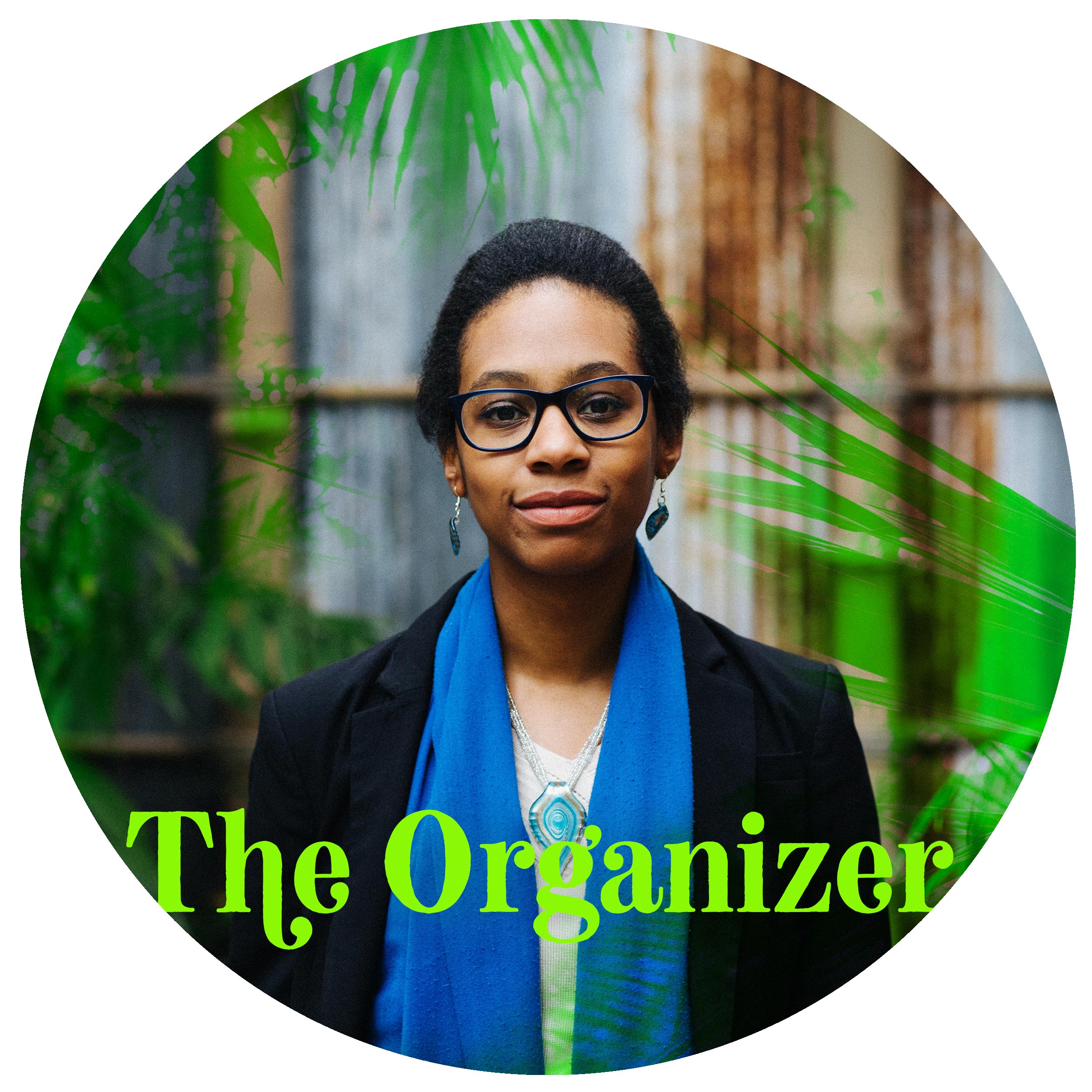
Janiece Watts is still in her first year with Fresh Energy as a policy associate. Prior to Fresh Energy, she worked for Eureka Recycling. Before that, Neighbors Organizing for Change. As Janiece traces her background, listing issues she’s “toggled between” (waste, air quality, healthcare, food justice, the climate crisis, labor, minimum wage increases, housing).
It’s obvious that she has community organizing and coalition building flowing through her veins.
“I’ve always been really interested in how things fit together.” Janiece speaks and moves expressively. She’s quick to laugh and eager to share on any subject.

The personality differences between Janiece and Ben are easy to notice, and not lost on them. The disparate traits they embody — a trained lawyer and a natural organizer — suggest the two would make a successful sitcom duo. Janiece asks Ben: “Should we talk about our Strengths Finder?” Seconds later, Ben has a two-column spreadsheet open on his laptop, a side-by-side comparison of their top five professional strengths. Ben: Relator, Futuristic, Significance, Focus, Empathy. Janiece: Arranger, Context, Communication, Input, Maximizer.
In short, Ben and Janiece have little in common. But both agree: the lack of shared strengths is the primary strength of their program.
“The things we come to work with are just fundamentally different,” Ben says. “It makes our work stronger.”
Janiece agreed. “There is no overlap, but we’re definitely in synch.” If there’s such a thing as synchronous discord, it’s what Ben and Janiece bring to Fresh Energy. This energy odd-couple represent the changing dynamics — around justice, capitalism, and race — of clean energy advocacy.


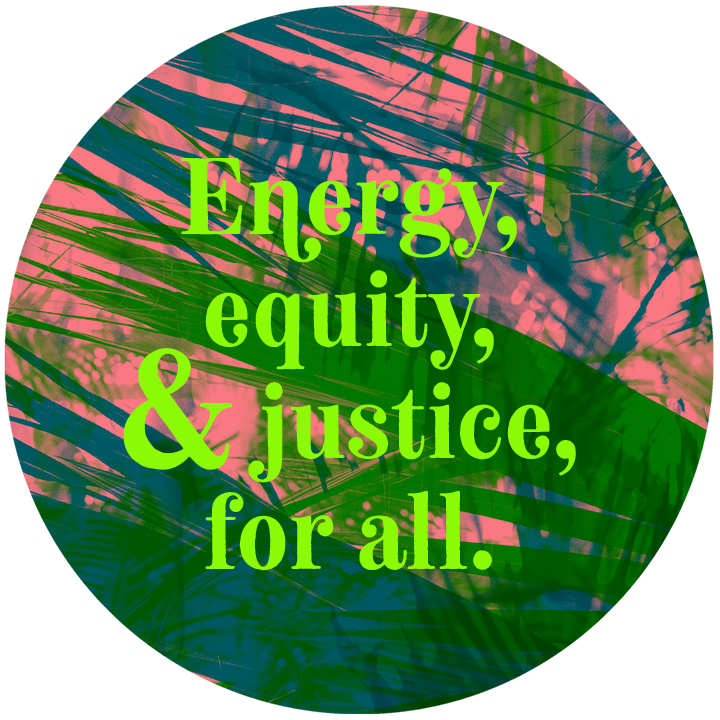
The work of clean energy advocacy is multifaceted. There’s a policy side (legislative advocacy), and regulatory side (working with the public utilities commission) and an education side (working with the public). Groups like Fresh Energy have a hand in clean energy, transmission lines, clean energy technology, the climate crisis. It combines science, politics, law, media — fields that have at least one thing in common: they’re largely white.
Or, as Janiece describes it, “white and affluent.” Those words have described the public face of energy work for decades, and it’s no accident. When people think of energy activism, according to Janiece, they imagine “only like bro-y dudes that drive EVs and all that stuff. There’s a reason this is painted the way it is.
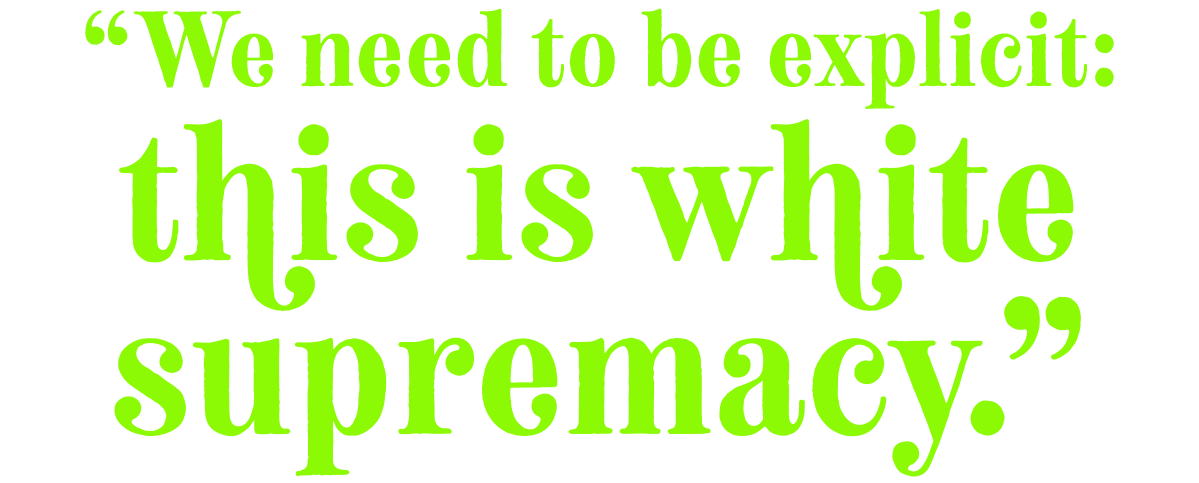
“We have to be explicit,” Janiece continues. “A big part of this work is language.” Ben added that folks working in clean energy need to be aware “of how we are talking about” environmental justice. “As a well-resourced non-profit, that has certain access and privilege,” he says. “For us to speak about environmental justice at all is really powerful.”
Critiques of white supremacy, patriarchy, and capitalism mark a notable shift in the language of energy activism. Fresh Energy isn’t the only place working to change the way people talk — and think — about energy advocacy, but they’re committed to seeing the change throughout their organization.
To that end, Fresh Energy created a Diversity, Equity and Inclusion Committee (chaired by Ben) to evaluate their own organizational commitment to the values of justice and equity. Asked about how they perceive Fresh Energy’s commitment to their work, Janeice says, “The worst thing that could happen is this [work is] siloed into one program. Putting equity on a list and checking the box. That is not how we’d ever want to do this work.” Ben agreed. “I think it’s a team effort, and Fresh Energy is really leaning into it as an organization.”

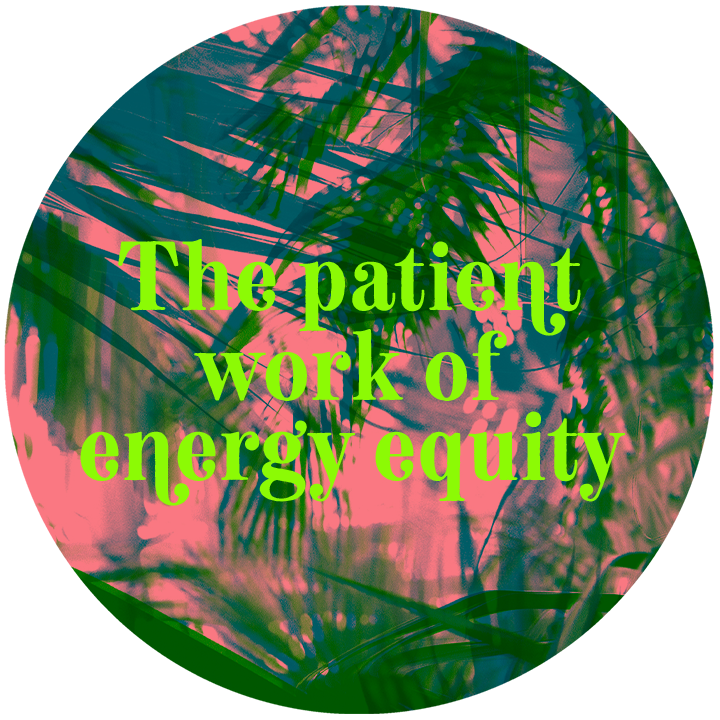
The labor involved in the Energy Access and Equity Program doesn’t come with clear-cut wins and losses; it isn’t measured in bills passed or megawatts of clean energy added to the wires. Inequity in the US is a massive, systemic problem, and progress is measured in decades.

Asked what keeps him motivated, he says “it’s knowing the ways we’re contributing to, and helping to shape and change the conversation.” Creating partnerships, bringing people together, finding new ways to think about old problems, these are the wins, for the Equity and Access Program. “I was conditioned to feel like things had to be done in a certain time, we had to have traditional outcomes,” he says. “In a lot of our work, the outcomes are not necessarily explicit outcomes.”

One area in which the Energy Equity and Access team is measuring success is their partnership with the Community Stabilization Project.
Janiece explained that CSP works on housing stability for tenants, “trying to fight homelessness and evictions.” She says that Fresh Energy’s organizing work succeeds simply by being at the table and “matching tenant stabilization with energy equity and justice.”
For people who work in community organizing, this kind of coalition building and cross-sector activism isn’t revelatory. “We’ve all been doing this work for a long time,” says Janiece. What’s new, and what excites Janiece and Ben, is that a broadly diverse set of participants is getting access like never before. Janiece puts it this way:
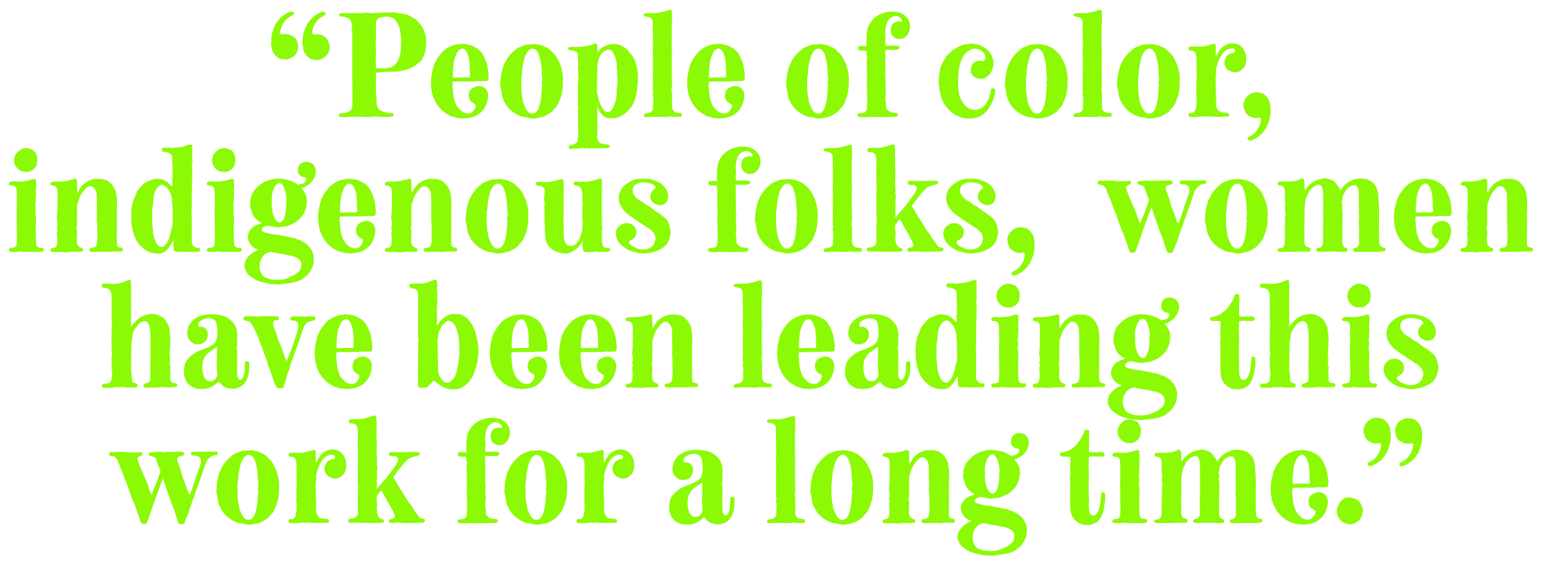
But these groups “have been locked out of” media coverage, fundraising, and all the traditional organizing resources.
Those resources have been reserved for “old white men with certain ideals and certain access and privilege and proximity to class and power,” according to Janiece. Bringing affordable housing advocates into the room with clean energy advocates, allowing everyone to hear “real people’s stories” of trauma and pain, and working together to find common solutions, that’s what is changing. And it’s changing, she says, for the better.

Ben wants the Energy Access and Equity program to have a legacy beyond his and Janiece’s time there — to “leave something behind that can sustain and regenerate.” His hope would be that, “if Janiece and I somehow disappeared tomorrow, the work would still be as fundamental to the organization as it is with us here.”
A legacy like that requires internal, sometimes uncomfortable conversation. “We have to be honest with ourselves that this is a new thing for the organization,” says Janiece. “Though it should have happened a long time ago.”
Maybe this work is overdue, at Fresh Energy, and across the clean energy advocacy work taking place throughout Minnesota. But it’s reassuring to know that Janiece’s questions are starting to be asked: “Where does the environment show up in social justice? And where do people show up in the environment?” One answer, it seems, is in the Energy Equity and Access Program.
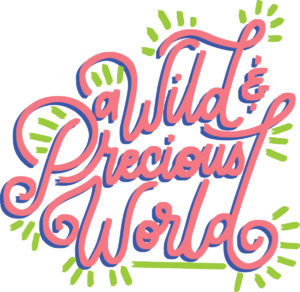
Ben and Janiece | Cecilia Martinez | Louis Alemayehu
This story is part one of our new story and event series Pollen Live: A Wild and Precious World. Each of the three stories will explore different aspects of the environmental justice movement, and our live event will bring together interactive readings, music, performance, and art to share a stage with leaders from within that movement. Stay tuned for details!
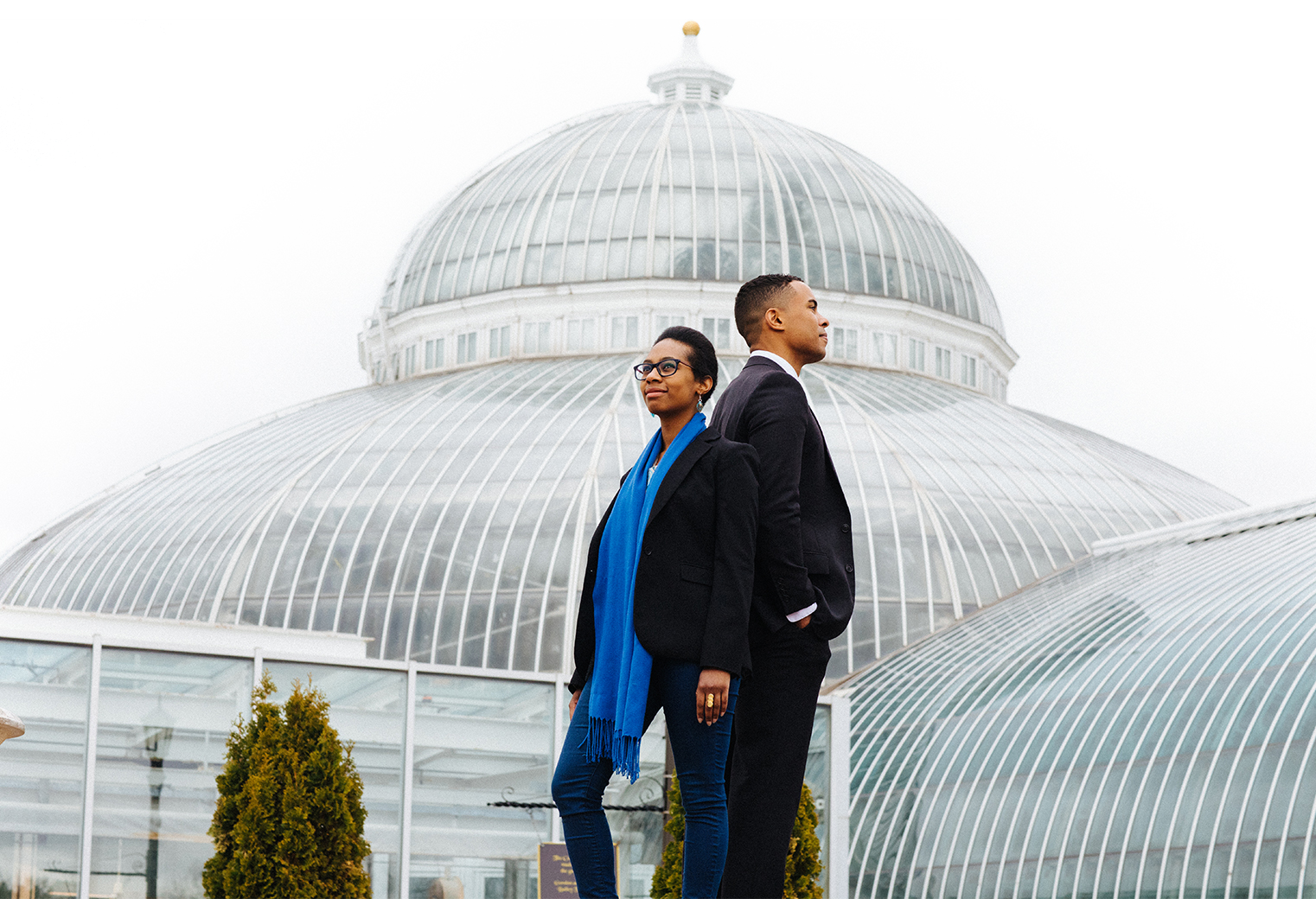

Contributors
